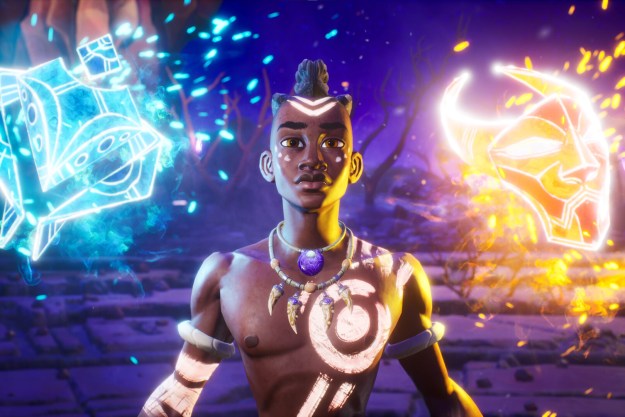Using a Nintendo Switch on a train or plane is finally a wire-free experience four years after the console actually launched. Late last night, Nintendo released an update for its mobile console that added Bluetooth audio support, one of its most-requested features.
Prior to this update, if Switch users wanted to ditch the wire and use Bluetooth headphones or earbuds with their switch, they had to buy an adapter that plugged into the console. As of today, though, it’s as simple as downloading the console’s latest system update and making some selections in the settings menu.
However, Nintendo’s implementation of Bluetooth audio isn’t perfect. A support page on the company’s site regarding Bluetooth audio for the Switch shows some of the limits the console has in this regard. Specifically, a maximum of two wireless controllers can be paired to a Switch while using Bluetooth audio. Any Bluetooth devices will likewise be disabled as soon as a local wireless multiplayer game is started. However, these changes make sense, considering that most of the time, someone is using Bluetooth audio if they’re playing a single-player game.
It’s just as well, then, that only one wireless audio device can be paired to a Switch at a time. The console can still remember 10 different devices, but only one can be used. Similarly, some users may experience audio latency, which just means that any game or app audio will lag behind what’s happening on-screen. According to Nintendo, though, that’s less the console’s fault and more because of the device someone is using.
Editors' Recommendations
- The Nintendo Switch just got 2 surprise games — and they’re both worth grabbing
- All cross-platform games (PS5, Xbox Series X, PS4, Xbox One, Switch, PC)
- Every rumored video game console: Nintendo Switch 2, PS5 Pro and more
- Apple finally has a way to defeat ChatGPT
- Hatsune Miku’s Crypt of the NecroDancer crossover is a perfect fit




